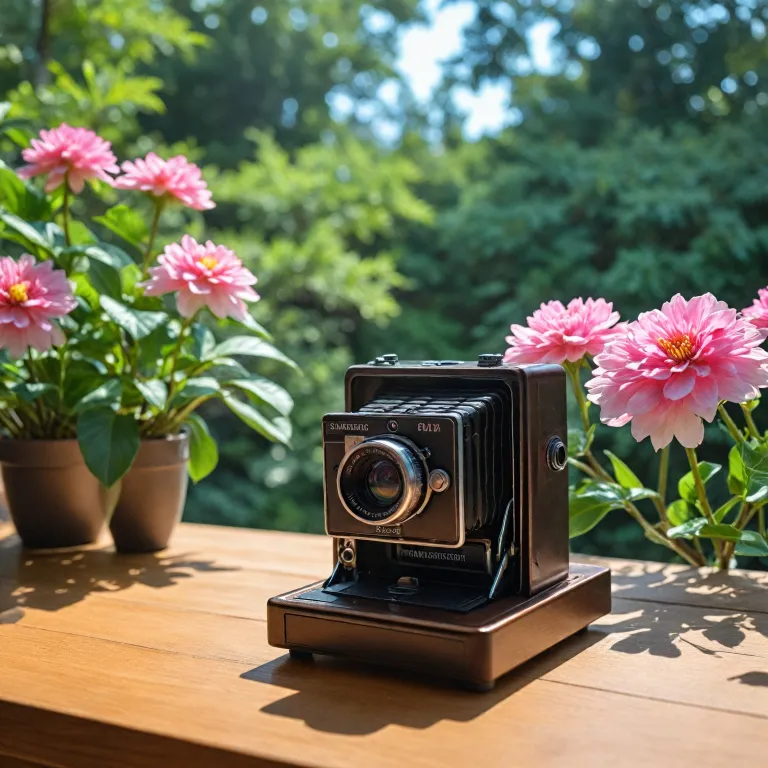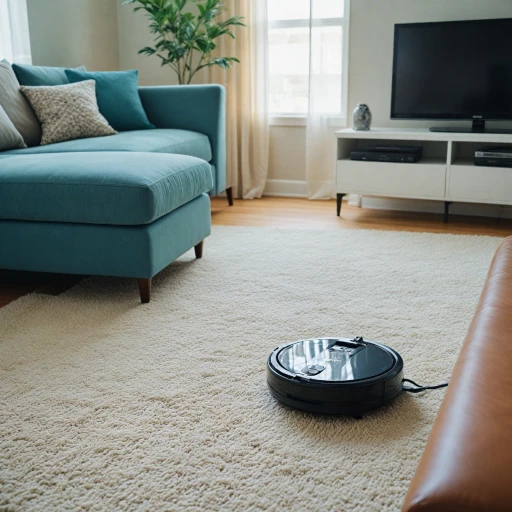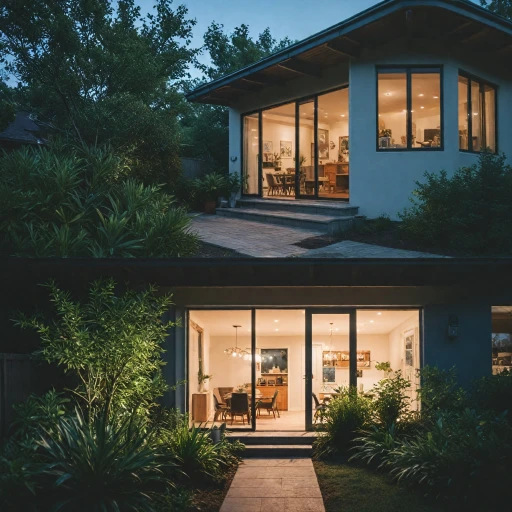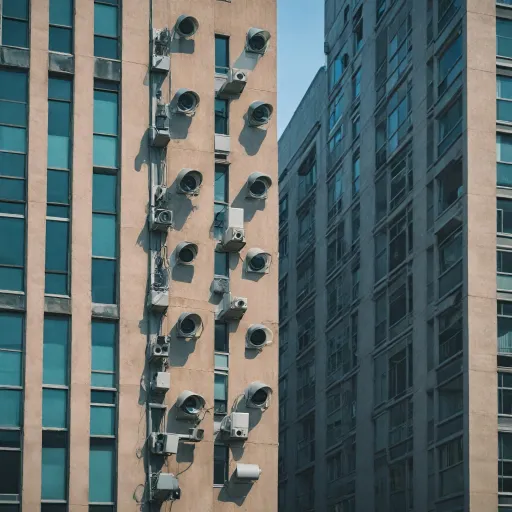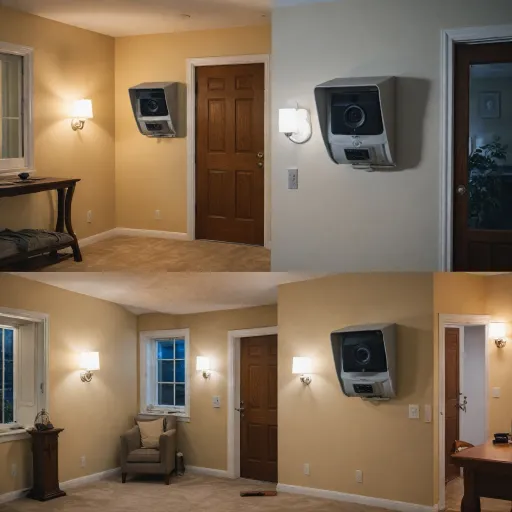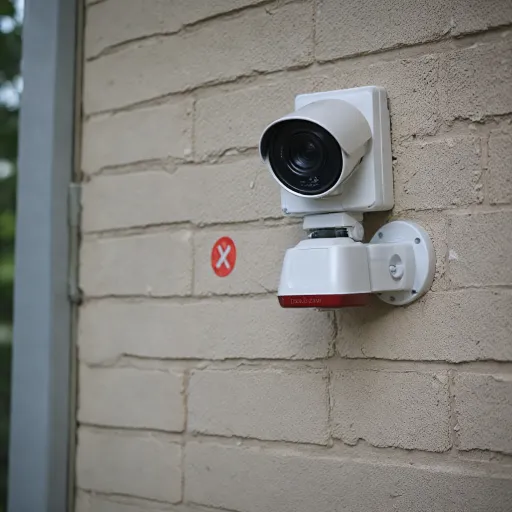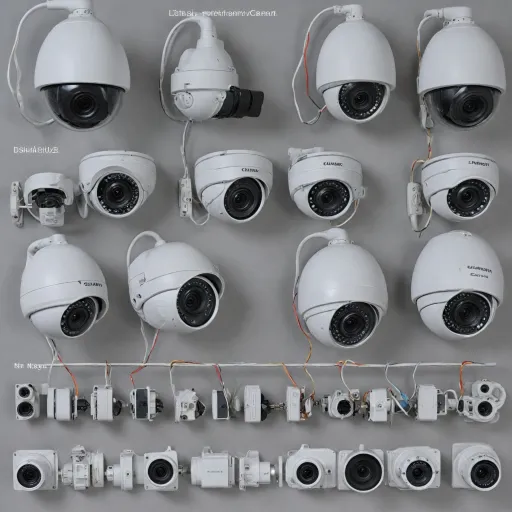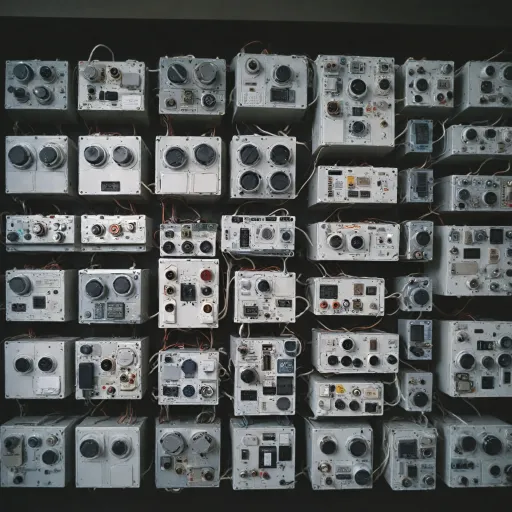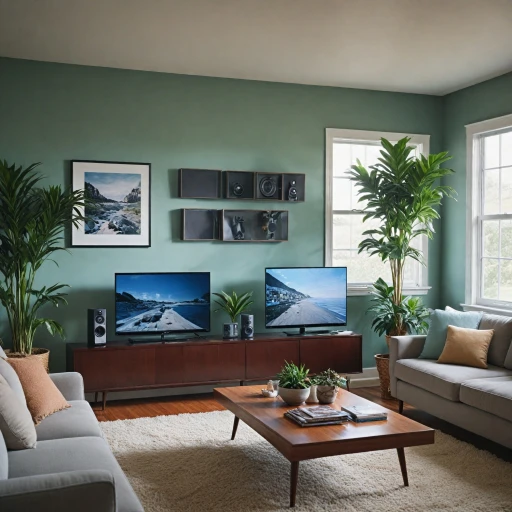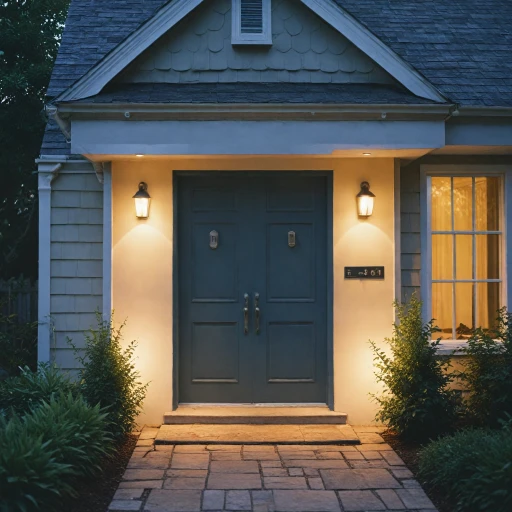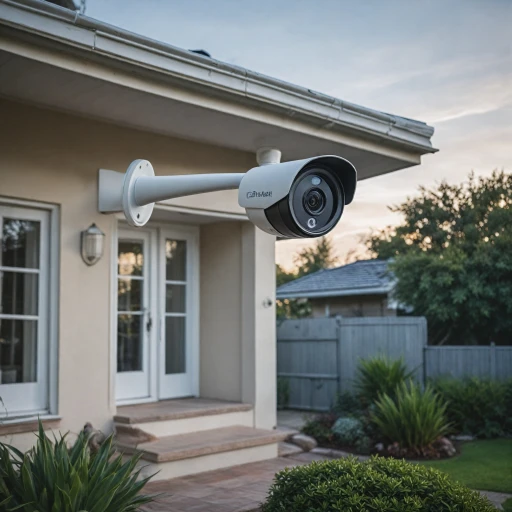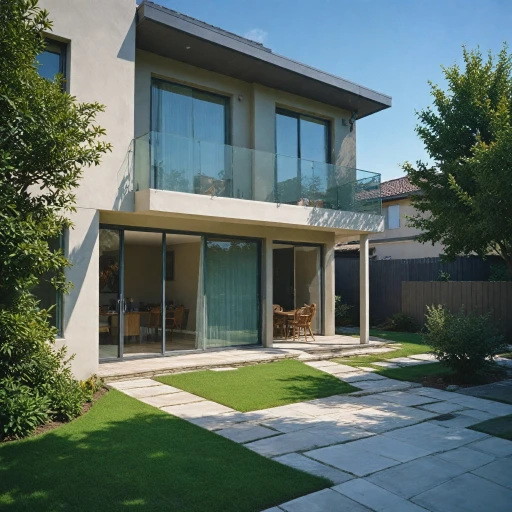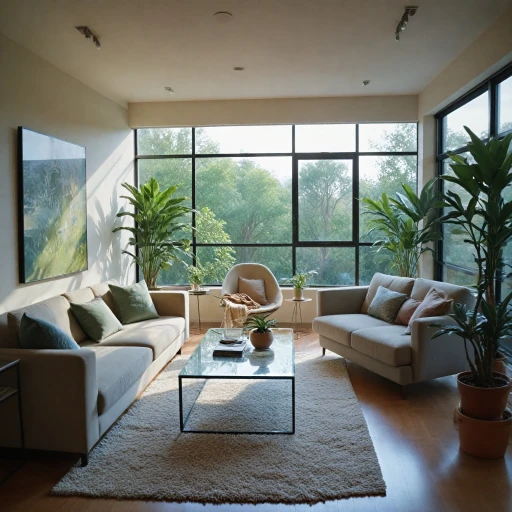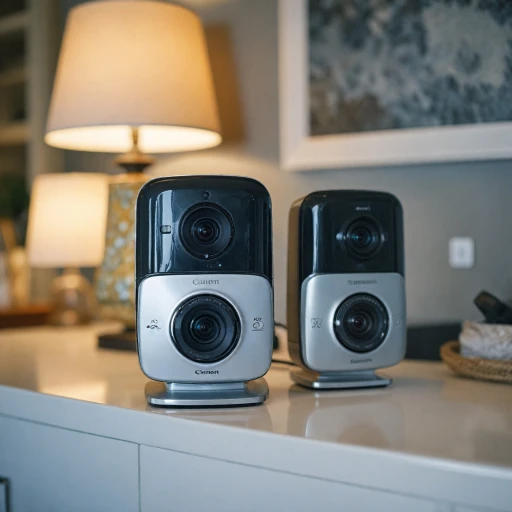
Understanding Indoor Cameras
Exploring the Basics of Indoor Cameras
When evaluating an indoor camera for home security, it's vital to comprehend its fundamental features and limitations. Indoor cameras are designed to operate optimally within the controlled environment of a home, focusing on functionalities such as motion detection, video recording, and integration with smart home systems like Google apps. These cameras often come equipped with indoor wired or wireless options, providing varied installation possibilities including a wall mount set-up. However, indoor cameras might fall short in certain attributes that are essential for robust outdoor security. Unlike outdoor cameras, indoor units generally don't possess the necessary weatherproofing to withstand elements like rain or extreme temperatures. While indoor cameras might feature night vision capabilities perfect for dimly lit rooms, their performance can differ significantly when exposed to the vast and diverse lighting conditions outside. Most indoor security cameras are designed to capture high-quality video with wide field views, yet the video quality can vary depending on the model's specification. For recording, many indoor cameras use a microsd card to store footage, allowing you to review past recordings through accompanying security system apps, such as those from brands like Wyze Cam. Although these video storage solutions are premium and convenient, they offer limited capacity without a continuous loop recording system typically found in advanced outdoor security setups. Understanding these core characteristics is crucial when considering whether an indoor camera can meet your specific security requirements for both indoor and outdoor settings. It's also important to consider the unit price and overall effectiveness in delivering timely alerts, ensuring a comprehensive and customized security solution for your property.Challenges of Using Indoor Cameras Outdoors
Potential Pitfalls of Placing Indoor Cameras Outdoors
Using an indoor camera outdoors presents various challenges that can compromise both functionality and longevity. When considering a home security system, it's essential to understand the risks associated with such setups. Firstly, indoor cameras are not built to withstand the varying outdoor environmental conditions. Exposure to elements such as rain, dust, and intense sunlight can damage these devices. Most indoor cameras lack weatherproofing features that are common in outdoor security cameras, making them less durable when placed outside. Additionally, indoor cameras generally do not offer the same level of visibility required for effective outdoor monitoring. Factors like the lens design and field view optimization primarily cater to indoor settings. Outdoor security cameras, however, are engineered for wider angles and longer distances, enhancing monitoring capabilities in large outdoor areas. Moreover, nighttime performance may be compromised. While some indoor cameras like the Wyze Cam boast night vision, they might not provide the color night vision or the broader range often found in dedicated outdoor models. This could lead to a reduced quality of night video recording, impacting the security of the monitored areas. Another consideration is connectivity. Indoor cameras typically rely on indoor power sources and have limited options for mounting. When an indoor camera is installed outside, it might require complex cabling or less secure power solutions, compromising the setup's effectiveness and aesthetic appeal. Finally, local storage can pose its own set of challenges. Indoor cameras frequently utilize a microsd card for video recording. Outdoor environments may increase the risk of damage or theft of these cards, further impairing reliability. Exploring camera units designed for outdoor use that offer seamless integration with smart apps and security systems such as those from Google can alleviate these issues and enhance overall security functionality.Weatherproofing Indoor Cameras
Weatherproofing Indoor Cameras for Outdoor Use
When it comes to using an indoor camera as part of your outdoor security setup, weatherproofing is a crucial consideration. Indoor cameras are not typically designed to withstand the elements, unlike outdoor cameras tailored for such use. However, if you're intent on adapting an indoor camera for outdoor use, such as a wyze cam or a similar unit, there are steps you can take to try and ensure its durability.
An indoor camera’s components, such as the electronic circuits and the microsd card slot, are vulnerable to moisture and temperature extremes. Sealing these components with protective enclosures is essential. Utilizing a weatherproof cover can help guard against rain, dust, and direct sunlight, although this might compromise the unit’s field of view and the quality of night vision.
Mounting is another factor. Considering a wall mount that offers some shelter from weather conditions can be beneficial. Additionally, select an area that’s shielded by an overhanging roof or awning for added protection.
For those seeking to maximize their security system's effectiveness, integrating additional features such as a google smart app for alerts when motion is detected can enhance your setup. While some aspects can be self-managed, accessing premium features might require purchasing extra subscriptions, which can be an important factor if cost or unit price is a concern.
Although possible, adapting indoor cameras for outdoor use doesn't guarantee the same level of reliability and performance as cam outdoor models that come equipped with features like color night vision and specific all-weatherproof capabilities. Considering more suitable alternatives might be worthwhile, especially if long-term outdoor recording is planned.
Alternatives to Indoor Cameras for Outdoor Use
Exploring Outdoor-Specific Camera Options
When considering alternatives to indoor cameras for outdoor use, you'll quickly find that investing in outdoor-specific security cameras can be beneficial. Here are some reasons and options to consider:- Design & Durability: Outdoor security cameras are designed to withstand harsh weather conditions with weatherproof casings, something indoor cameras lack. This makes them more reliable and long-lasting when deployed outside.
- Enhanced Features: Many outdoor cameras come equipped with features tailored for external environments, such as advanced night vision capabilities, often offering both black-and-white and color night vision. These cameras ensure that visibility is maintained even in low light or nighttime scenarios.
- Wide Field of View: Outdoor security cameras typically have broader fields of view compared to indoor cameras, allowing them to cover larger areas, which is critical for perimeter security. Options like the Wyze Cam, for example, offer wide-angle lenses that help maximize coverage.
- Storage & Connectivity: Outdoor cameras often support versatile storage solutions, including slots for microsd cards, enabling local video recording. Additionally, with smart features enabled through apps like Google or brand-specific apps, users can receive real-time alerts on their smartphones.
- Flexible Installations: With various mounting options, outdoor cameras can be securely attached using wall mounts or other solutions that suit specific monitoring needs.
Legal and Privacy Considerations
Consider Privacy and Legal Implications of Security Cameras
Whether you're utilizing a premium outdoor security camera or a simple indoor unit, understanding the legal and privacy implications is key to ensuring your setup complies with local regulations. While indoor cameras may have a smaller field of view, the outdoor cam configuration presents unique challenges, primarily around privacy concerns involving public or neighbor spaces.
Understanding Privacy Concerns:
- Field of View: It’s recommended to adjust your security camera’s field view to minimize intrusion into neighboring properties. Many outdoor security systems, including popular brands like Wyze, offer app controls for precise angle adjustments.
- Recording Policies: Different regions have regulations governing video recording of public spaces. Always ensure that your security cameras, whether outdoor or indoor-outdoor like a Wyze Cam, adhere to these laws.
- Audio Recording: Consider the privacy implications of audio recordings, which may be subject to stricter regulations than video alone.
- Smart Systems Privacy: Smart cameras integrated with platforms like Google can provide efficient monitoring through alerts and integrated video feeds, but they also require careful consideration of your data privacy policies and data retention practices.
Legal Concerns:
- Consent Requirements: Be aware that many areas require the consent of individuals who may be captured on security footage. This is particularly relevant for cameras equipped with night vision and expansive field views.
- Informing Neighbors: If your security system setup overlaps with neighbor properties, it's wise to inform them proactively to avoid conflicts and potential legal challenges.
- Installation Permissions: Even using weatherproofed indoor security units outside may require specific installation permissions, especially if alterations are needed on rental properties or shared buildings.
By addressing these legal and privacy considerations, you can maximize the effectiveness and compliance of your security camera setup, ensuring that it protects your home while respecting the rights of others.”

